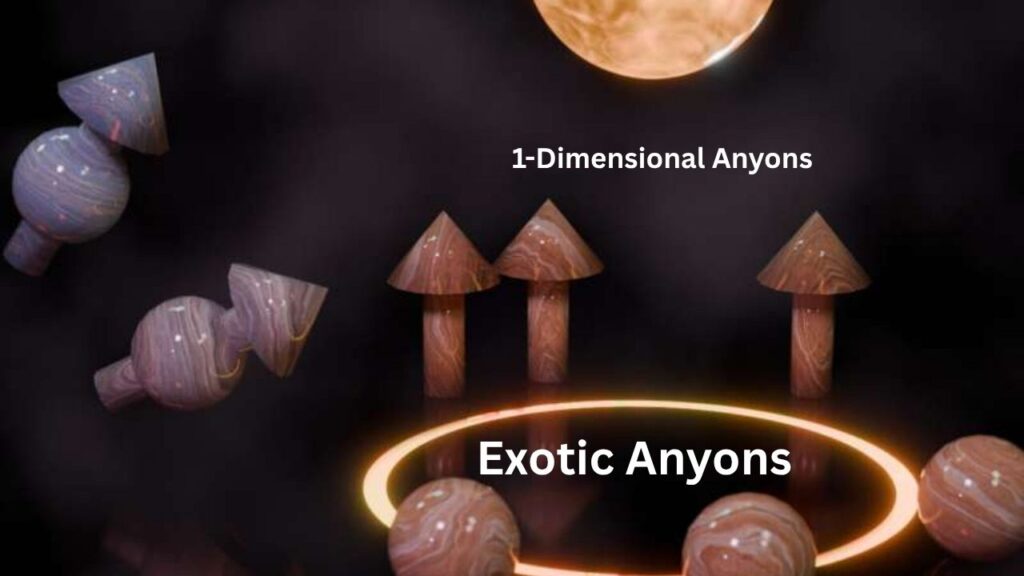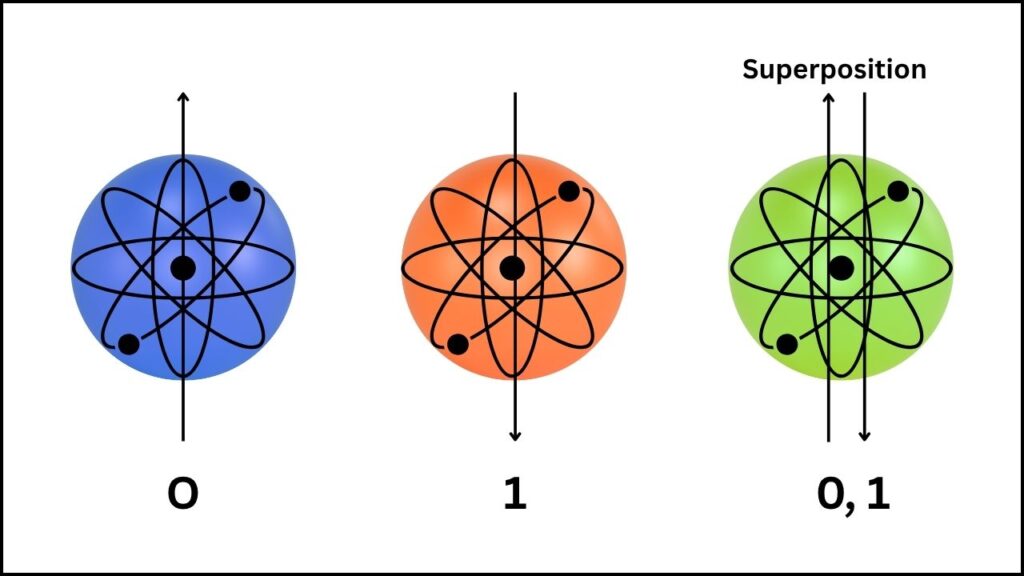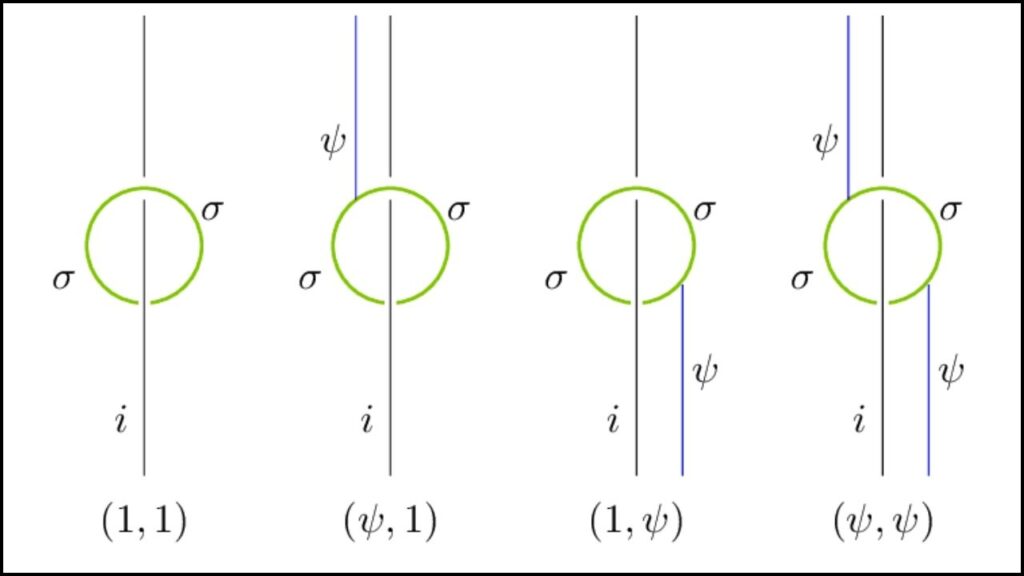Quantum computing is a revolutionary field poised to transform technology by solving problems far beyond the reach of classical computers. Recently, a team of researchers at the University of Southern California (USC) unveiled a groundbreaking discovery that could make universal quantum computing a tangible reality, thanks to exotic particles called anyons—and a newly recognized type called the neglecton. This breakthrough paves the way for more robust, fault-tolerant quantum machines capable of tackling complex computations previously considered impossible.

Table of Contents
Scientists Unlock Universal Quantum Computing With Exotic Anyons
| Aspect | Details |
|---|---|
| Topic | Universal Quantum Computing Using Exotic Anyons and Neglectons |
| Key Innovation | Discovery of Neglectons enabling universal braiding-based quantum gates |
| Quantum Particles Involved | Ising anyons, Neglectons |
| Importance | Provides fault-tolerant, noise-resistant universal quantum computation |
| Potential Applications | Quantum cryptography, drug discovery, optimization, AI |
| Lead Research Institution | University of Southern California (USC) |
| Year of Discovery | 2025 |
| Official Website | USC Quantum Computing Research |
The discovery of the neglecton and its integration with Ising anyons marks a monumental advance in quantum computing. USC’s pioneering work demonstrates a clear, elegant path toward universal, fault-tolerant quantum computers leveraging topological quantum computing principles. This breakthrough not only enriches our theoretical understanding but also sets tangible milestones for experimental physicists, accelerating the arrival of practical quantum machines poised to revolutionize technology, science, and industry.
What Is Quantum Computing?
At its core, quantum computing harnesses the strange and fascinating laws of quantum mechanics to process information in ways that classical computers cannot. Ordinary computers use bits representing either a 0 or 1. Quantum computers use qubits, which can exist in a superposition—being 0, 1, or both simultaneously—unlocking massive parallel processing power. Furthermore, entanglement connects qubits so their states become interdependent, enabling complex computations on an unprecedented scale.

Imagine trying to find the fastest route through a maze. A classical computer examines each path one by one, while a quantum computer can explore all paths simultaneously, drastically accelerating problem-solving for certain tasks.
Exotic Particles Called Anyons: The Key to Fault-Tolerant Quantum Computing
Anyons are remarkable particles that exist only in two-dimensional spaces, such as thin sheets of special materials cooled to very low temperatures. Unlike conventional particles classified as bosons or fermions, anyons exhibit unusual behavior when their positions are swapped or “braided” around each other. This braiding process encodes quantum information in a way that is topologically protected, meaning it is safeguarded from many forms of noise and environmental interference that typically cause errors in quantum systems.

Many researchers have focused on a type of anyon known as the Ising anyon, prized for its relative stability and experimental accessibility. However, Ising anyons have a critical limitation: the set of quantum gates they can perform through braiding alone is restricted to a subset called Clifford gates. These gates are insufficient to implement universal quantum computation, which requires the ability to perform every possible quantum operation.
The Breakthrough: Neglectons Complete the Quantum Toolbox
The USC team discovered a novel particle, the neglecton, arising from an advanced mathematical framework called non-semisimple topological quantum field theory (TQFT). Previously dismissed as mathematically “negligible” and ignored by physicists, this particle changes everything.

Introducing a single, stationary neglecton into a system already containing Ising anyons allows researchers to perform all quantum gates purely through braiding operations. The neglecton acts as a fixed anchor point, while Ising anyons braid around it, enabling the full range of quantum computations that constitute universality.
This approach overcomes a major obstacle: permitting universal fault-tolerant quantum computing using anyons that are theoretically and experimentally accessible. It cleverly addresses unsettled issues with unitarity (a physics constraint ensuring probabilities sum to one) by confining problematic mathematical parts away from the quantum information.
What Makes the Neglecton Special?
- Found in Neglected Math: Non-semisimple TQFT challenges traditional quantum field theory assumptions by including components that were traditionally discarded, revealing the neglecton’s existence.
- Minimal Quantum Resource: Only one neglecton is necessary to unlock universality.
- Robustness: Topological encoding through braiding with the neglecton enhances resistance to noise, imperative for real-world quantum devices.
- New Experimental Targets: The discovery gives physicists clear goals for creating and manipulating these particles, accelerating the realization of practical quantum computers.
Why Is This Such a Big Deal?
Quantum computers hold the promise to revolutionize a wide array of fields:
- Cryptography: Develop unbreakable codes or crack current ones.
- Pharmaceuticals: Simulate complex molecules to enable faster drug discovery.
- Artificial Intelligence: Enable more powerful machine learning algorithms.
- Optimization: Solve challenging logistical problems in seconds instead of years.
The neglecton breakthrough provides a practical blueprint for building these future quantum machines using topological methods, reducing susceptibility to errors caused by environmental disturbances—a chief challenge in today’s quantum hardware.
A Step-by-Step Guide to Understanding This Breakthrough
Step 1: Grasp Quantum Basics
Start with concepts like superposition, entanglement, and qubits to appreciate quantum computing’s foundational differences from classical machines.
Step 2: Explore Anyons and Topological Quantum Computing
Understand how anyons appear in two-dimensional materials and how their braiding encodes quantum operations in a way protected from noise.
Step 3: Delve Into Non-Semisimple TQFT and the Neglecton
Study the non-semisimple framework that retains previously ignored mathematical objects, leading to the existence of the neglecton particle.
Step 4: Follow Experimental Efforts
Stay informed about laboratory work aiming to create and manipulate Ising anyons and neglectons, with the goal of constructing universal quantum computers.
Metasurfaces Could Be the Future of Quantum Computing—Here’s Why Everyone’s Talking
Quantum Computing Reaches New Heights: Transmon Qubit Coherence Shatters the Millisecond Barrier
New Cryogenic Silicon Chip Offers Breakthrough in Managing Spin Qubits for Quantum Computing
FAQs About Scientists Unlock Universal Quantum Computing With Exotic Anyons
Q1: What is an anyon?
An anyon is an exotic particle found in two-dimensional systems that exhibit unique behaviors when braided, distinct from familiar particles like electrons or photons.
Q2: Why weren’t Ising anyons alone sufficient for universal quantum computing?
Ising anyons can only perform a limited set of quantum operations (Clifford gates) through braiding, which is not enough for universal quantum computation requiring all quantum gates.
Q3: How does the neglecton solve this problem?
By adding a single stationary neglecton, the system enables implementing all quantum gates using braiding alone, unlocking universal quantum computation.
Q4: When will we see quantum computers using neglectons?
Theoretical groundwork is strong, but experimental realization is ongoing. Success hinges on advances in materials science and quantum engineering to isolate and control neglectons.
Q5: Where can I learn more about quantum computing?
Official university research sites, IBM Quantum Experience, and beginner-friendly platforms like Qureca and Quantum Computing for Everyone are great starting points.



















